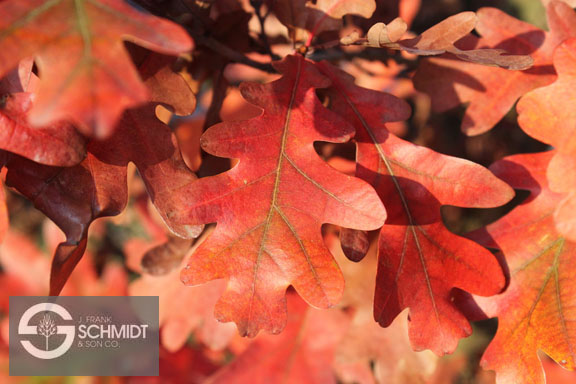| PSC 2620: Woody Trees and Shrub | Course Home | Week 5 |
Quercus robur - English Oak
Plant Viewer
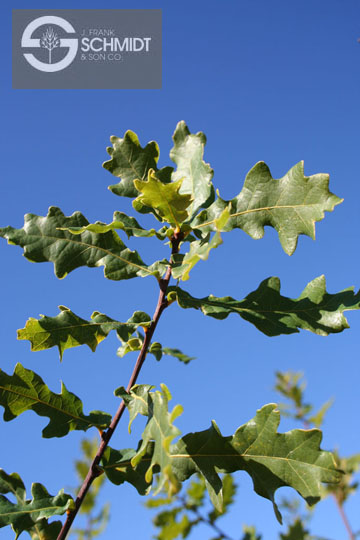 |
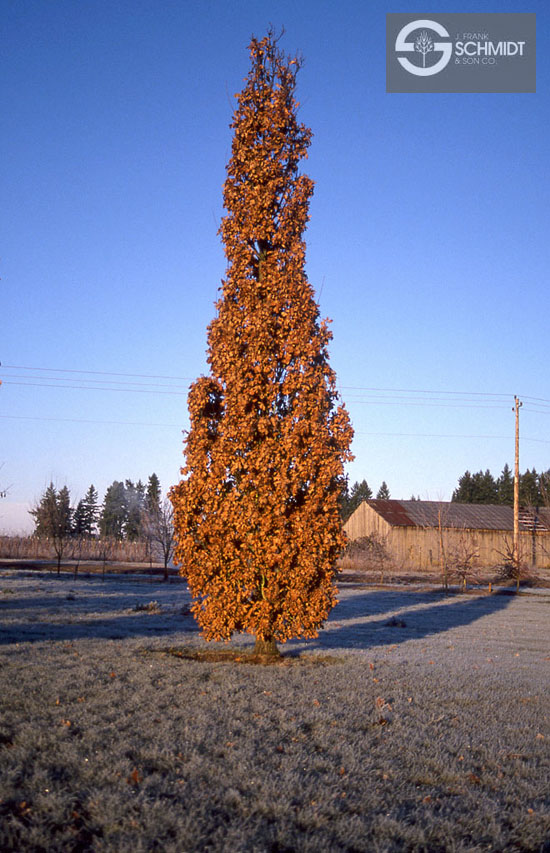 |
| The unique leaf of the oak is dark green and obovate in shape with several lobes. | The leaves are often retained on the tree into winter after they brown in the fall. |
 |
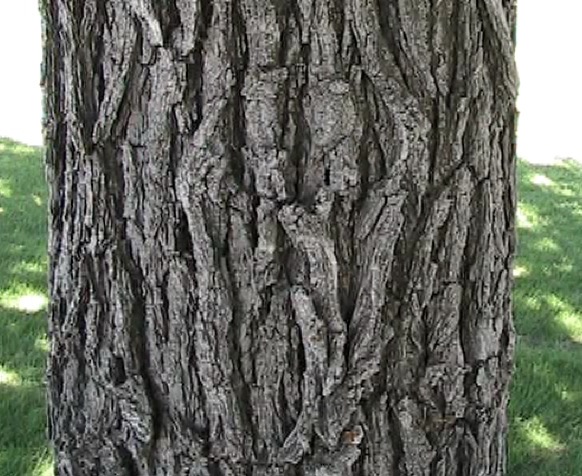 |
| 1/2 to 1 inch, elongated acorns form during the summer and ripen in the fall. They often appear in clusters on the tree. Image: David Castor | The bark is deeply furrowed, giving the tree a very old and stately air. |
Plant Description
English Oak is a large shade tree. A full grown oak can only be described as stately. In my opinion it should hold the title of the King of Shade Trees. It is a slow growing tree with strong and sturdy branches, reaching 50-70 feet tall with a similar spread. It has a broad, rounded form, with a good branching pattern that is very attractive during the winter. The canopy grows very dense, producing deep shade beneath the tree.
The bark of the tree is deeply furrowed and ridged, and ornamental in its own right. It has the easily identifiable oak leaf that is obovate in shape with several irregular lobes. The leaf is a glabrous dark green, 2-5 inches long and arranged alternately on the stem. The leaf is smaller than on other oaks, giving the English Oak a finer texture when compared to other oaks. In the fall the leaves either fall while still green or they will turn brown and are often held on the tree into winter.
Inconspicuous catkin flowers emerge in the spring. The fruit consists of small, elongated acorns, 1/2 to 1 inch long. They can be born singly, but often occur in clusters on the tree. They are lime green during the summer, maturing to a rich brown color in the fall.
Landscape Use
Its size limits the situations in which it can be used. It makes an excellent shade tree, though its slow growth rate and large size has made it less popular for use in residential landscapes. It is an excellent tree for use on business or education campuses.
Points of interest
Dirr is less than enthusiastic about Quercus robur, however it performs well in our climate and other oak species that he recommends do not have the classic oak leaf of the English Oak.
Notable Cultivars
Fastigiata - Skyrocket Oak A popular columnar form of oak. It is often used along buildings and to line walks or trees. Grows somewhat faster than the regular species. It tends to hold its brown leaves over the winter.
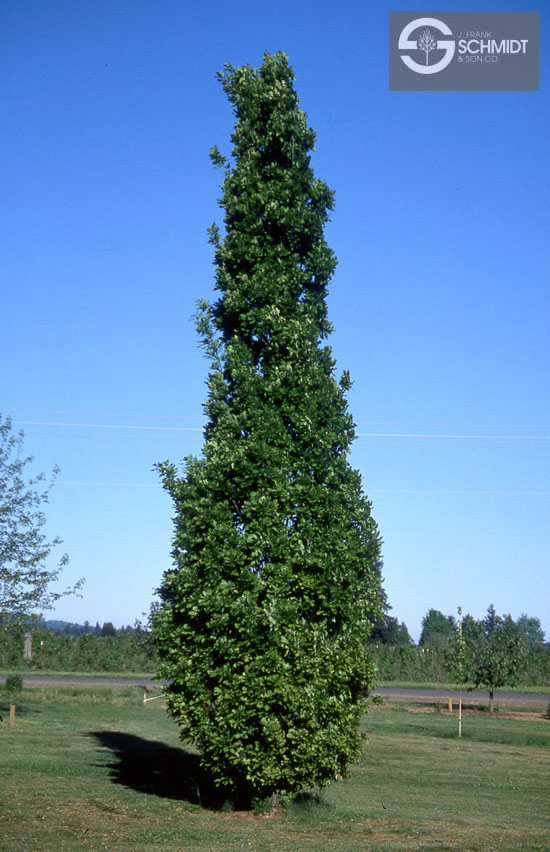
Crimson Spire Identical to Skyrocket except that the fall color is a brilliant red.
